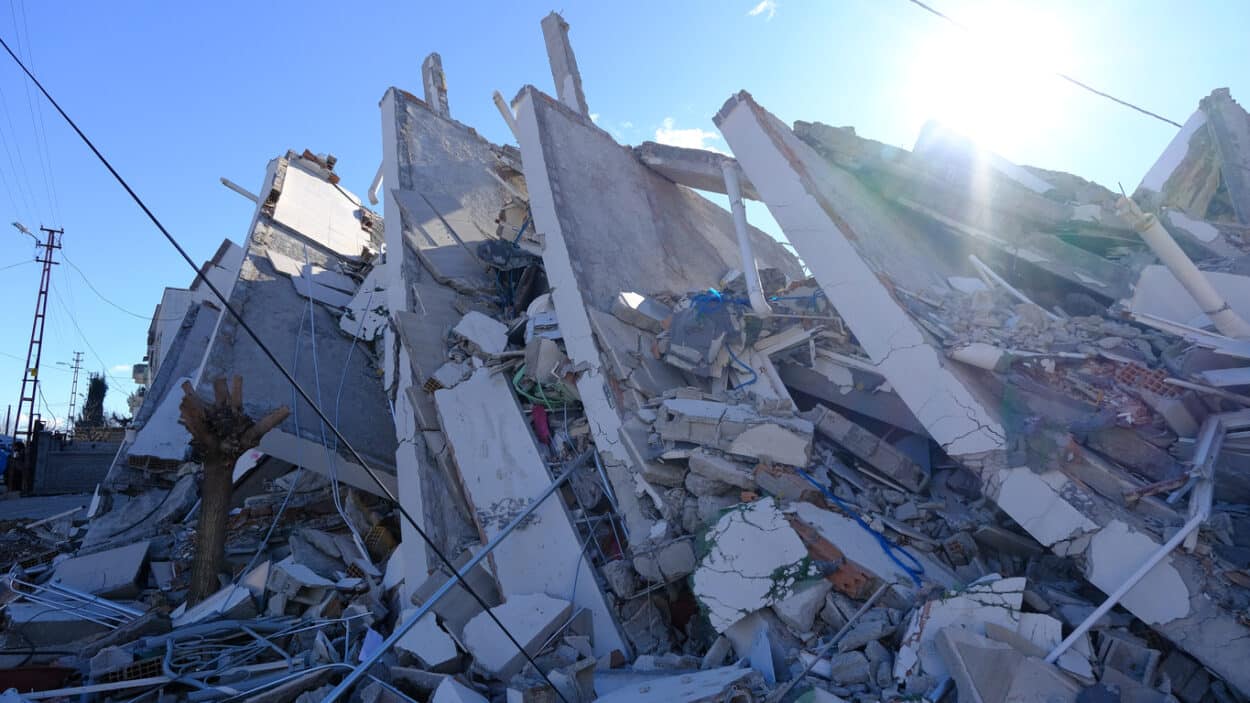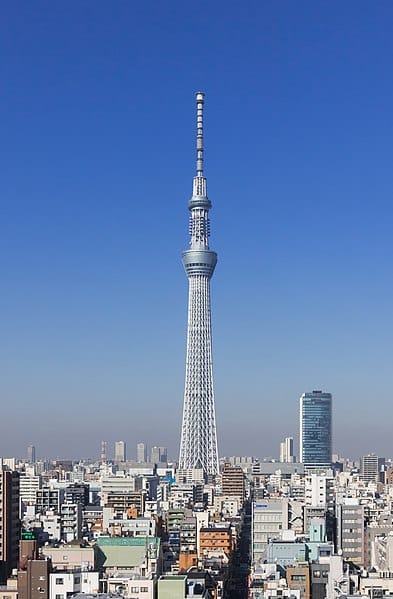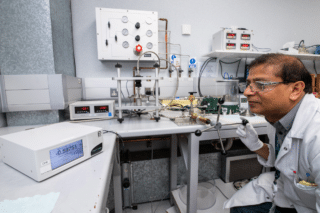Last February, a devastating earthquake struck Turkey and Syria, leaving thousands of people dead and injured. This tragedy has raised serious questions about the safety of buildings in seismic-prone areas. Experts point out that many buildings were not built to withstand earthquakes, and that the lack of proper building codes and regulations contributed to the high death toll. In contrast, Japan, another country with a history of earthquakes, has made significant strides in designing and building earthquake-resistant buildings.
In early February, a huge earthquake struck southern Turkey and northern Syria, toppling buildings and trapping inhabitants in mounds of rubble. A number of aftershocks – one almost as severe as the first quake – followed soon after. In total, nearly 50,000 people lost their lives, with 185,000 buildings in Turkey estimated to have been destroyed or seriously damaged.
Turkish President Recep Tayyip Erdogan has claimed that it was impossible to mitigate a natural disaster of such scale. Yet experiences in other countries suggest prioritizing seismic resilience in building design can go a long way to minimizing loss of life when earthquakes strike.

Building Regulations
Chile, for example, sits along the Ring of Fire – a horseshoe-shaped belt of faults and volcanoes that encircles the Pacific Ocean, where the Eurasian, Pacific, and Philippine tectonic plates are forced beneath one another. The country is often hit by earthquakes as strong, if not stronger, than those that recently ravaged Turkey and Syria. These once caused huge death tolls. Yet since the 1960s, significant investment in ant-seismic design and the development and enforcement of strict building regulations means Chilean earthquakes now cause few, if any deaths.
But it is on the opposite side of the Pacific, in Japan, where the design and construction of earthquake-resistant buildings have really been taken to the next level. Pushing the boundaries of modern engineering, Japanese anti-seismic construction has helped the country weather numerous powerful quakes with minimal loss of life, offering salutary lessons to other, less well-prepared nations.
Japan’s expertise in designing earthquake-resistant buildings is fundamental to life on the archipelago. Like Chile, the country also sits on the Ring of Fire, which means it suffers from regular quakes (nearly 20% of the world’s strong earthquakes happen in Japan). One of the worst was the Great Kanto Earthquake of 1923, which devastated Tokyo and Yokohama and killed over 140,000 people. After the Second World War, the Japanese government introduced a series of increasingly strict measures to enhance the seismic resilience of the country’s buildings.

Buildings Under Stress
But before we dive into Japan’s anti-seismic technology and architecture, it’s worth looking briefly at what happens to buildings during earthquakes. When quakes do occur, the energy generated shakes the ground, moving through it in waves. These spread out in different directions from the source, like ripples created when a stone is thrown into a pond. The biggest, strongest forces occur closest to the source of the earthquake.
Buildings are traditionally made to withstand wind, rain, gravity, and vertically applied weight, but not underground forces or horizontal waves of force. When the ground shakes during an earthquake, it causes floors, support beams, foundations, and walls to vibrate. As the top of the building shakes and moves at different speeds to the bottom, its integrity weakens. If the quake is strong enough, supporting frames collapse, foundations crack, and the building falls.
Wander the streets of Tokyo and Osaka today and the 250-meter-plus skyscrapers that tower overhead may seem as rigid and immovable as any human-built structure could be. In reality, to counter the potentially destructive forces buildings experience during earthquakes, the majority are capable of independent movement, effectively isolating them from the ground below.
A Three-tiered System
Japan experiences so many earthquakes (there are 60 – 70 noticeable quakes in Tokyo every year) that three specific methods of stabilizing buildings have been developed. These are integrated into the country’s building codes and are strictly enforced.
- Taishin: this is the minimum requirement for Japanese earthquake-resistant buildings and stipulates that beams, pillars, and walls be of a minimum thickness to cope with shaking.
- Seishin: the next level of an earthquake-resistant building in Japan, recommended for some high-rise buildings. It uses dampers – essentially layers of thick rubber pads or mats that are placed on the ground below the foundations – to absorb much of the energy of an earthquake.
- Menshin: this is the most advanced (as well as the safest and most expensive) way of ensuring Japanese buildings have earthquake resistance and is often used in skyscrapers and high-rise apartments. The structure of the building is isolated from the ground by layers of lead, steel, and rubber, which move independently from the ground below. This means the building itself moves very little, even during the most severe quakes.
Technological Evolution
According to Japanese building codes, earthquake-resistant structures are intended to withstand the largest earthquake that is likely to occur in that particular location. During stronger but less frequent earthquakes, this means minimizing loss of life by preventing buildings from collapsing, while during less severe quakes, which happen more frequently, the focus should be on limiting any loss of the building’s functionality.
Hiroyuki Unemori is the president of UNEMORI ARCHITECTS and designed the highly earthquake-resistant Sukagawa Community Centre in Fukushima as part of the wider rejuvenation of the city after the 2011 Tōhoku Earthquake. According to him,
“It is impossible to construct a perfectly earthquake-proof structure. But in Japan, earthquake resistance is improving all the time, particularly with regard to seismic control (seishin) and seismic isolation (menshin) structures. In Japan, we say that the most resistant buildings are those that can effectively ‘dance’ when a quake strikes.”
Ziggy Lubkowski is Associate Director, Seismic Design at Arup. He says,
“In recent years our design knowledge and analytical tools have improved to allow us to better model the behavior of buildings during earthquakes. On the materials side, we use base isolation and damping systems to limit the forces applied to the structure. The ongoing evolution of anti-seismic expertise and technology means new design methods, such as those that incorporate protective mesh, and new isolation systems are continually being introduced.”
Tokyo Skytree

Video: Youtube Science Channel
Completed in 2012 and soaring to a height of 634 meters, the Tokyo Sky Tree is by far the most eye-catching structure in the Japanese capital. It is also one of the city’s most earthquake resistant. In addition to extremely strong foundations and seismic dampers in the base, its design employs a unique central column system which reduces seismic vibration by around 50%, and two mass damper systems installed at the top. In the event of an earthquake, these move out of step with the structure of the building to keep the center of gravity as central as possible to the base.
During the magnitude-9.0 Tōhoku Earthquake in 2011 – the most powerful earthquake recorded in Japan since 1900 – the Tokyo Sky Tree, which had already topped out by that stage, remained undamaged (as did most buildings in Tokyo).
According to Hiroyuki Unemori,
“Japan has established earthquake resistance standards several times based on lessons learned from the past. Every country that experiences seismic activity faces unique challenges, but I believe that other nations can learn from our history of facing such earthquakes. And we are ready to help.”











